Halal Leather is one of the fastest-growing and high-demand segments in the global leather industry, appealing not only to Muslim consumers but also to non-Muslim customers due to its compliance with principles of hygiene, ethics, and sustainability in the production process. According to estimates by the Organization of Islamic Cooperation (OIC), the global Muslim population exceeds 2 billion people across more than 50 countries. This vast potential market creates remarkable opportunities for manufacturers and exporters.
The primary distinction between halal leather and conventional leather lies in the observance of religious requirements throughout the slaughtering process, segregation of production lines, use of permissible tanning materials, and Shariah supervision across the entire supply chain. These features make the final product culturally, religiously, and even hygienically unique in the global marketplace.
The halal leather market in Islamic countries is diverse and expansive, ranging from luxury brands in the UAE and Qatar to footwear and bag manufacturers in Indonesia and Malaysia. Additionally, countries such as Turkey, Saudi Arabia, and Pakistan are recognized as key hubs for importing and distributing halal leather. Beyond these, non-Muslim markets with large Muslim populations—including France, Germany, the United Kingdom, and China—are also witnessing increasing demand for such products.
Given Iran’s longstanding tradition in producing high-quality leather and artisanal leather goods, entering the halal leather export sector could not only enhance Iran’s share in the global market but also generate substantial foreign exchange revenue. However, this market is highly specialized due to the need for recognized certifications and adherence to international standards. Success in this field requires meticulous planning, a thorough understanding of the regulations in target countries, and the application of marketing channels aligned with Islamic cultural values.

2. The Concept of Halal Leather and Related Standards
Halal leather refers to leather produced in full compliance with Islamic Shariah laws, from the procurement of raw hides to the tanning process and the crafting of the final product. This concept not only emphasizes the method of animal slaughter but also extends to quality control and hygiene throughout the entire supply chain.
2.1. Differences Between Halal Leather and Conventional Leather
| Criteria | Halal Leather | Conventional Leather |
|---|---|---|
| Animal Slaughter Method | Slaughter according to Islamic Shariah, with the invocation of God’s name, complete blood drainage | Industrial or non-Shariah slaughter, without religious requirements |
| Animal Source | Permissible animals (cattle, sheep, goats, etc.) | May include non-halal animals or carrion |
| Tanning Materials | Use of permissible chemical or vegetable-based substances, free from impure alcohol | May involve alcohol-containing or impermissible substances |
| Shariah Oversight | Supervised by a Shariah inspector and certified with an official halal certificate | No Shariah oversight |
| Marketability in Islamic Countries | Fully marketable and legally acceptable | Restricted or prohibited in certain countries |
2.2. The Halal Leather Production Process
- Selection of Permissible Source: The animal must belong to halal species and must be healthy and alive at the time of slaughter.
- Islamic Slaughter: Performed with the recitation of Bismillah, cutting of the main neck veins, ensuring complete blood drainage, and guaranteeing no animal cruelty.
- Skin Removal and Preservation: The hide is separated immediately after slaughter and stored under hygienic conditions.
- Tanning with Permissible Substances: Use of salt, lime, oils, and plant-based or chemical agents that are neither impure (najis) nor non-halal.
- Final Product Manufacturing: Crafting of bags, shoes, belts, or other leather goods using halal-certified raw materials and avoiding any contamination with impure substances.
- Inspection and Halal Certification: Conducted by accredited national or international halal organizations.
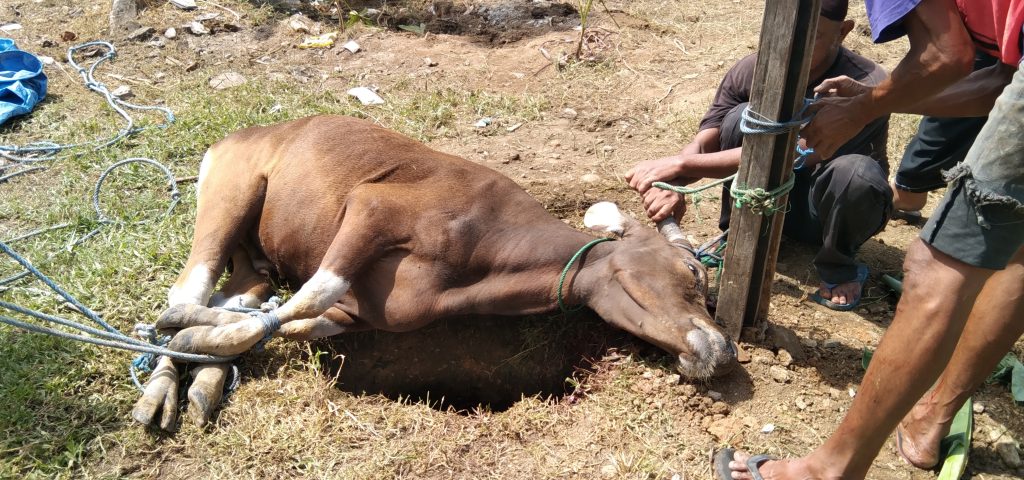
2.3. Organizations and Authorities Issuing Halal Certification
Some of the most important halal certification bodies relevant to leather exports to Islamic countries include:
| Organization Name | Country | Jurisdiction/Recognition |
|---|---|---|
| JAKIM (Department of Islamic Development Malaysia) | Malaysia | Southeast Asia; recognized by OIC |
| MUIS (Islamic Religious Council of Singapore) | Singapore | Southeast Asia |
| ESMA (Emirates Authority for Standardization and Metrology) | United Arab Emirates | Middle East |
| MUI (Majelis Ulama Indonesia) | Indonesia | Largest Muslim market in the world |
| HFA (Halal Food Authority) | United Kingdom | Europe and Commonwealth countries |
| IFANCA (Islamic Food and Nutrition Council of America) | USA | North America and Latin America |
3. The Market of Islamic Countries
The market for halal leather in Islamic countries represents one of the largest and most dynamic segments of the global leather industry. More than 57 countries are members of the Organization of Islamic Cooperation (OIC), and the global Muslim population has surpassed 2 billion. These countries not only form a vast consumer market but many of them also function as key regional distribution hubs.
According to global trade reports, the value of the halal goods market (including leather) in Islamic countries reached more than USD 3 trillion by 2024, with a significant portion allocated to apparel, bags, and leather footwear.
3.1. Leading Countries in Halal Leather Imports
The table below highlights some of the Islamic countries with the highest import capacity and demand for halal leather:
| Country | Muslim Population (Million) | Annual Leather & Leather Goods Import Value (USD Million) | Halal Certification Requirements | Market Advantage |
|---|---|---|---|---|
| Indonesia | 231 | 1,800 | Mandatory (MUI) | Largest Muslim market in the world; high demand for footwear |
| Turkey | 85 | 1,450 | Optional but preferred | Production and distribution hub for Europe & the Middle East |
| United Arab Emirates | 10 | 1,200 | Mandatory (ESMA) | Luxury market; demand for branded high-end leather goods |
| Saudi Arabia | 36 | 1,050 | Mandatory | Large consumer market focused on Islamic brands |
| Malaysia | 20 | 900 | Mandatory (JAKIM) | Halal trade hub of Southeast Asia |
| Pakistan | 240 | 850 | Optional but preferred | Wholesale market and re-manufacturing center |
| Qatar | 3 | 450 | Mandatory | Luxury market and bulk purchasing of halal-certified brands |
3.2. Key Demand Segments in the Islamic Market
- Luxury and Fashion Segment: UAE, Qatar, Saudi Arabia (luxury brands with halal certification).
- Mass Production Segment: Indonesia, Pakistan, Turkey (import of raw leather for domestic manufacturing).
- Regional Retail Segment: Malaysia, Singapore, Kuwait (ready-to-use consumer products).
3.3. Key Trends in the Halal Leather Market
- Increasing consumer awareness regarding halal products.
- Entry of global luxury brands into the halal segment (such as Hermès, Gucci in the Gulf market).
- Growth of e-commerce and online sales of halal leather products in Islamic countries.
- Emphasis on sustainability and environmental considerations in the production and tanning process of halal leather.
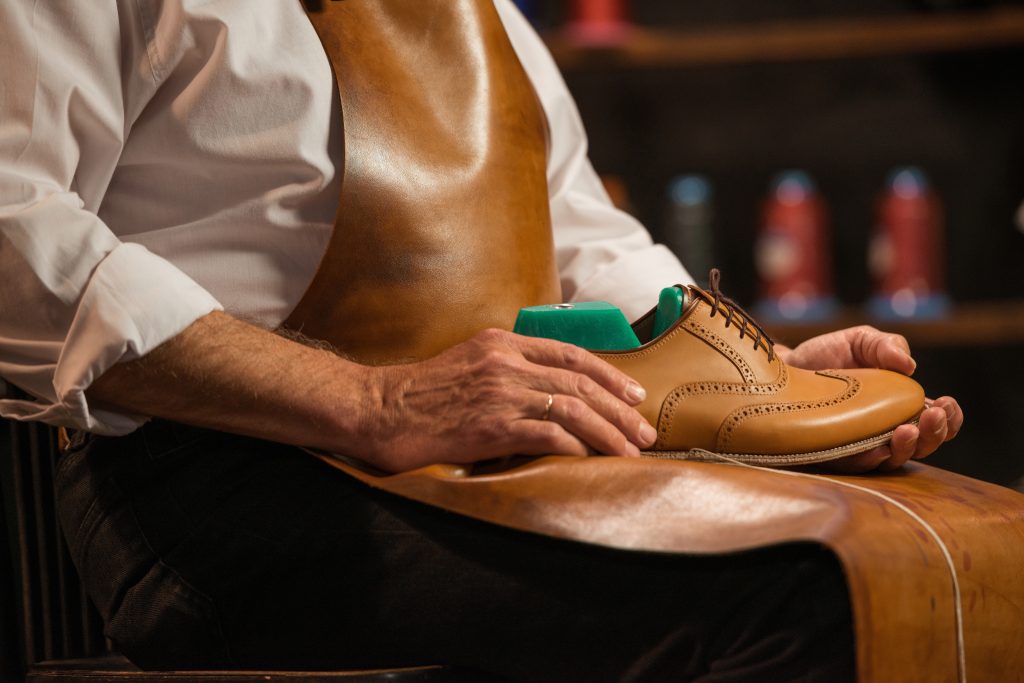
4. Business Opportunities in Halal Leather Exports
Iran, as one of the world’s oldest leather production centers, enjoys unique advantages for entering and competing in the halal leather market. The high quality of Iranian livestock hides, the craftsmanship of skilled artisans in leather handicrafts, and competitive production costs position Iran as a potential supplier for Islamic markets as well as non-Muslim markets with Muslim consumers.
4.1. Iran’s Competitive Advantages in Halal Leather Exports
- High-quality raw materials: Premium hides from cattle, sheep, and goats with excellent tanning potential.
- Historical heritage in leather handicrafts: Hand-stitched products with high cultural value.
- Lower production costs compared to competitors: Price advantage over countries like Turkey and Italy.
- Strategic geographical position: Easy access to the Middle East, Central Asia, and Europe.
- Ability to obtain halal certification: Existing infrastructure for compliance with Shariah and international standards.
4.2. High-Potential Products for Export
- Luxury halal leather bags (for markets in the UAE, Qatar, Saudi Arabia).
- Everyday and formal leather shoes (for Indonesia, Turkey, Pakistan).
- Leather belts and accessories (for European and Central Asian markets).
- Raw and semi-processed leather (for manufacturing plants in Malaysia and Turkey).
4.3. Market Access Routes
| Route | Advantages | Challenges |
|---|---|---|
| Direct export to distributors and retailers | Full brand control, higher profit margins | Requires investment in marketing and logistics |
| Partnership with local wholesalers | Fast market entry, reduced risk | Lower profit margins compared to direct sales |
| Participation in international fairs (Dubai Leather Fair, Istanbul Leather Fair) | Strong business networking, brand visibility | High participation costs |
| Online sales via B2B platforms | Global market access, reduced distribution costs | Requires strong digital infrastructure and online marketing |
4.4. Comparative Table of Iran’s Competitive Advantages Against Competitors
| Indicator | Iran | Turkey | Pakistan | Italy |
|---|---|---|---|---|
| Production Cost | Low | Medium | Low | High |
| Quality of Raw Leather | High | High | Medium | Very High |
| Historical Heritage in Handicrafts | Very High | High | Medium | High |
| Access to Islamic Markets | Excellent | Excellent | Excellent | Medium |
| Ability to Obtain Halal Certification | High | High | Medium | Low |
| Global Brand Power | Medium | High | Low | Very High |
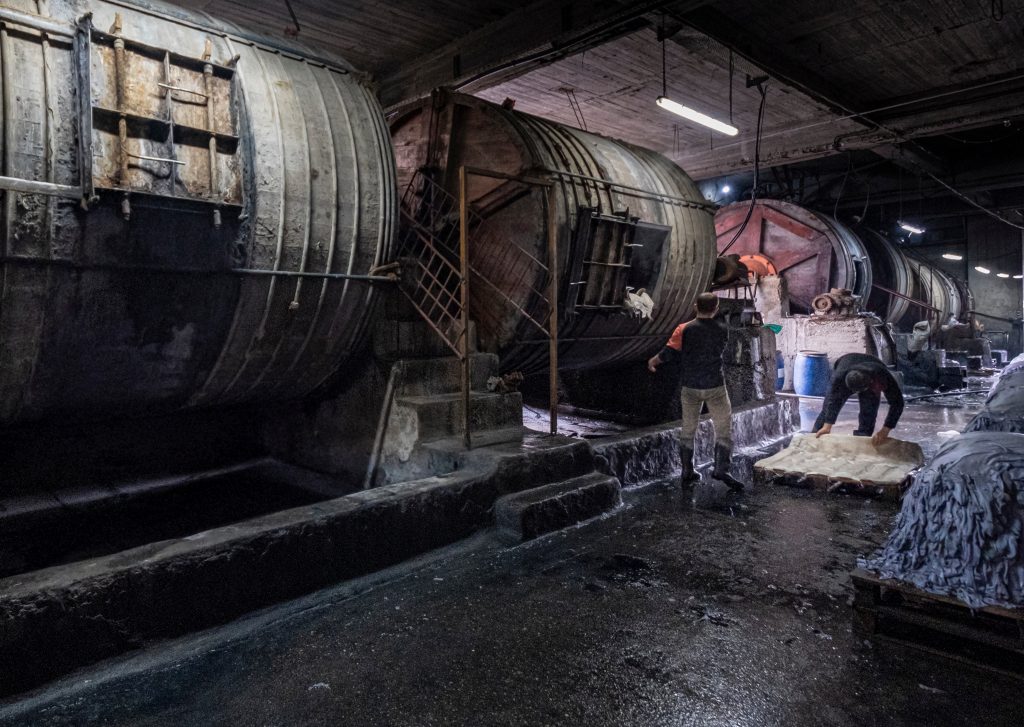
5. Requirements and Regulations for Halal Leather Export
To successfully enter Islamic markets, compliance with legal, religious, and technical requirements is essential. Islamic countries often enforce strict regulations regarding halal certification, quality control, and adherence to health standards. Failure to meet these requirements may result in shipments being rejected at customs or the loss of customers.
5.1. Key Certificates and Permits
Halal Certificate
- Issued by recognized domestic or international authorities.
- Confirms that slaughtering, tanning, and production processes comply with Islamic Sharia.
International Quality Standards
- ISO 9001 (Quality Management)
- ISO 14001 (Environmental Management)
- ISO 17025 (Testing Laboratories and Methods)
Veterinary Health Certificate
- Confirms animal health and absence of contagious diseases.
Export Licenses and Customs Documentation
- Export declaration, commercial invoice, bill of lading, packing list.
5.2. Differences in Regulations Among Islamic Countries
| Country | Halal Certification Requirement | International Standards Requirement | Veterinary Health Requirement | Specific Restrictions |
|---|---|---|---|---|
| UAE | Mandatory (ESMA) | ISO mandatory for major brands | Yes | Packaging must include halal label |
| Saudi Arabia | Mandatory | Recommended | Yes | Strict control over imported leather goods |
| Indonesia | Mandatory (MUI) | Recommended | Yes | Halal certificate must be issued by Indonesian-approved bodies |
| Malaysia | Mandatory (JAKIM) | Recommended | Yes | Raw materials must also have halal certification |
| Turkey | Optional but Preferred | ISO required for government contracts | Yes | Prohibition on harmful chemical substances |
| Qatar | Mandatory | Recommended | Yes | Focus on luxury brands and high-quality products |
| Pakistan | Optional | Recommended | Yes | Import of raw leather for domestic production permitted |
5.3. Key Points for Successful Compliance
- Selecting a halal certification authority recognized by the target country.
- Ensuring separation of halal production lines from non-halal ones.
- Using halal-certified raw materials and chemicals.
- Product labeling must include “Halal Certified” and certification details.
- Comprehensive documentation of the production process for customs inspection.
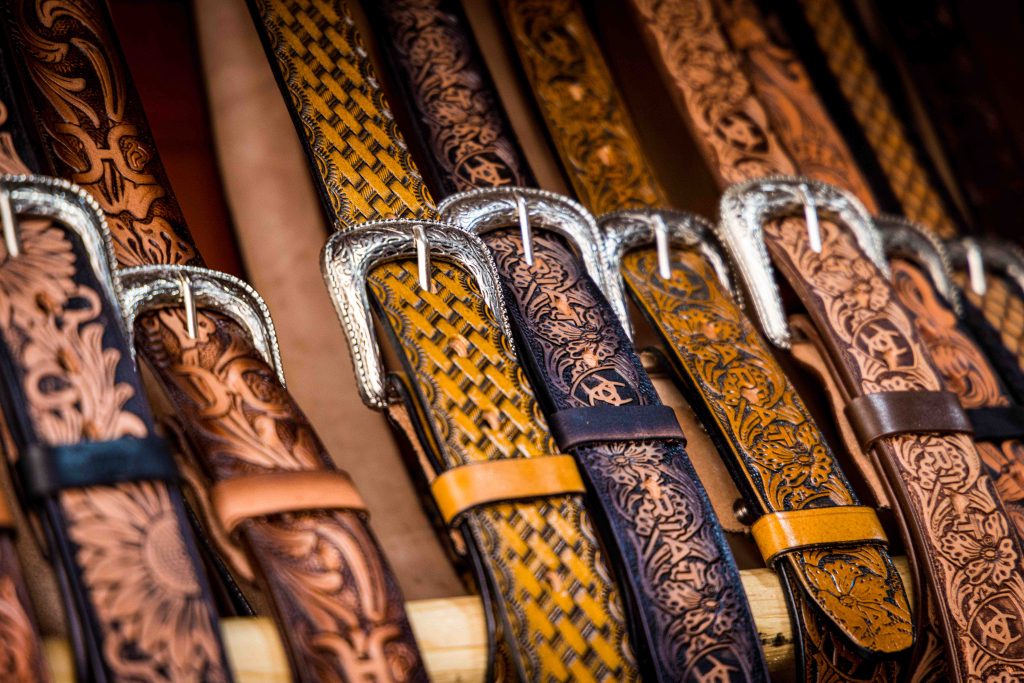
6. Challenges and Barriers in Halal Leather Export
Despite abundant opportunities, exporting halal leather to Islamic countries comes with barriers and challenges. Ignoring these issues may result in financial losses, delivery delays, or even prohibition from entering the target market.
6.1. Key Challenges
- High Costs of Obtaining and Renewing Halal Certification
In some countries, the certification process is lengthy and expensive, especially when local authorities in the destination country must validate the certificate. - Intense Competition with Major Producers
Countries like Turkey and Pakistan hold established positions in the halal leather market and operate with strong distribution networks. - Logistical and Transportation Barriers
Issues include customs clearance delays, lack of direct shipping routes to certain markets, and high costs of air or sea freight. - Differences in Standards Across Countries
A halal certificate valid in one country may not be recognized in another. For example, Malaysia’s JAKIM certification is not directly accepted in Indonesia and requires additional approval. - Continuous Quality Control
Ongoing assurance is required to prevent contamination or mixing of halal leather with non-halal materials throughout the supply chain.
6.2. Marketing Barriers
- Lack of awareness of Iranian brands in some markets, benefiting competitors.
- Absence of consistent participation in international trade fairs and lack of strong business networking.
- Weak online marketing strategies for Islamic consumers, many of whom prefer e-commerce platforms.
6.3. Summary Table of Barriers and Solutions
| Challenge | Explanation | Proposed Solution |
|---|---|---|
| High cost of halal certification | Lengthy, costly approval process | Collaborate with trade platforms and specialized halal export consultants |
| Competition with leading countries | Turkey and Pakistan have strong networks | Focus on quality, brand storytelling, and competitive pricing |
| Logistical barriers | High freight costs, limited routes | Use regional hubs such as Dubai or Istanbul |
| Differences in standards | Each country has specific certification requirements | Obtain multi-purpose certificates recognized in multiple countries |
| Lack of brand awareness | Iranian brands remain relatively unknown | Invest in digital marketing and participate in key trade fairs |
7. Comparative Table of Islamic Markets
This table provides an overview of key indicators in selected Islamic markets to help halal leather exporters identify the most suitable target markets. Indicators such as Muslim population, per capita leather consumption, import tariffs, income level, and halal certification requirements are included in this analysis.
| Country | Muslim Population (Million) | Per Capita Leather Consumption (USD/year) | Import Tariffs on Leather Products (%) | Income Level (Based on GDP per Capita) | Halal Certification Requirements | Main Market Opportunity |
|---|---|---|---|---|---|---|
| Indonesia | 231 | 7.5 | 5–10 | Medium | Mandatory (MUI) | Everyday and formal footwear |
| Turkey | 85 | 15 | 0–5 | Medium to Upper Medium | Optional but preferred | Raw and semi-processed leather |
| UAE | 10 | 45 | 5 | High | Mandatory (ESMA) | Luxury products |
| Saudi Arabia | 36 | 30 | 5–12 | High | Mandatory | Luxury Islamic handbags and footwear |
| Malaysia | 20 | 18 | 5–10 | Medium to Upper Medium | Mandatory (JAKIM) | Formal handbags and shoes |
| Pakistan | 240 | 5 | 10–15 | Low | Optional but preferred | Raw leather for reprocessing |
| Qatar | 3 | 55 | 5 | Very High | Mandatory | Branded and exclusive products |
| Egypt | 105 | 8 | 15–20 | Low | Optional | Mid-priced handbags and shoes |
| Kuwait | 4 | 35 | 5 | High | Mandatory | Luxury and handmade leather products |
| Morocco | 35 | 10 | 20 | Medium | Optional | Traditional leather bags and belts |
Analytical Insights from the Table:
- Luxury Markets: UAE, Qatar, Saudi Arabia, Kuwait — suitable for handmade and branded leather products.
- Mass Production Markets: Indonesia, Pakistan, Turkey — ideal for exporting raw or semi-processed leather.
- Emerging Markets: Egypt, Morocco — require competitive pricing strategies and collaboration with local distributors.
8. Strategies for Success in Halal Leather Exports
To succeed in exporting halal leather to Islamic markets, exporters must combine market knowledge, compliance with standards, and effective marketing strategies.
8.1. Selecting the Target Market Based on Data
Based on the table in Section 7, market selection should rely on criteria such as market size, purchasing power, import tariffs, and the strictness of halal requirements.
- High-End Markets: UAE, Qatar, Saudi Arabia — focus on branding and luxury design.
- Mass Production Markets: Indonesia, Pakistan, Turkey — focus on competitive pricing and high volume.
- Emerging Markets: Egypt, Morocco — focus on affordable products with acceptable quality.
8.2. Full Compliance with Standards
- Obtaining valid halal certification from authorities recognized in the destination country.
- Compliance with ISO 9001, ISO 14001, and health requirements.
- Use of halal-approved tanning agents and chemicals.
8.3. Specialized Marketing for the Islamic Market
- Cultural Branding: Storytelling related to Iranian authenticity and Islamic values.
- Multilingual Digital Marketing: Content creation in Arabic, Turkish, and Malay for websites and social media.
- Participation in Specialized Exhibitions: Such as Dubai Leather Fair and Istanbul Leather Fair.
8.4. Collaboration with Distributors and Regional Hubs
- Using Dubai as an export hub for the entire Middle East.
- Shipping products to Istanbul for distribution in Europe and Central Asia.
8.5. Focus on Innovation and Design
- Blending traditional Iranian design with global fashion trends.
- Producing limited-edition series for luxury markets.
8.6. Summary Table of Strategies
| Strategic Area | Key Action | Expected Outcome |
|---|---|---|
| Market Selection | Segmenting markets based on data | Increased chance of export success |
| Standardization | Obtaining halal and ISO certifications | Buyer trust and easier market entry |
| Marketing | Cultural branding and digital campaigns | Attraction of loyal customers |
| Logistics | Using regional hubs | Reduced shipping costs and delivery times |
| Product Design | Innovation and product diversity | Higher added value |
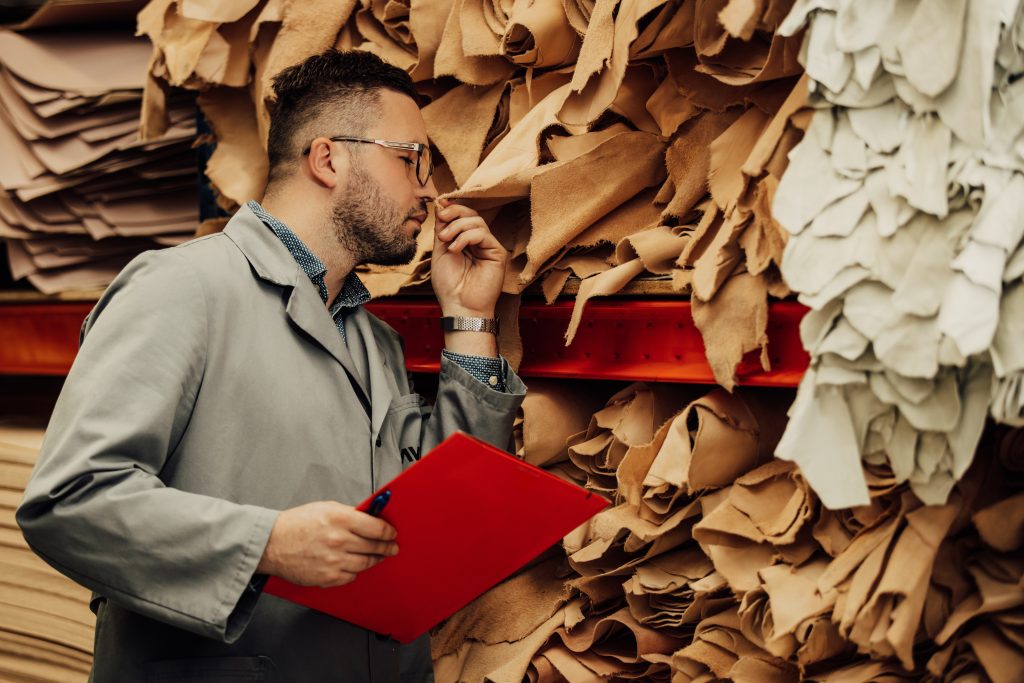
9. The Role of Technology and Online Platforms in Developing Halal Leather Exports
In recent years, digital transformation has enabled the export of specialized products such as halal leather to become faster, more transparent, and more targeted. Online platforms and digital tools can optimize the entire export chain, from marketing to logistics.
9.1. Use of B2B Platforms
- Alibaba, Tradekey, Global Sources: Suitable for introducing products to bulk buyers in both Muslim and non-Muslim countries.
- Specialized halal platforms such as Halal Trade & Marketing Center or HalalFocus: Direct targeting of halal markets.
9.2. Digital Marketing and Social Media
- Instagram and Facebook: For branding and showcasing luxury and handmade products.
- LinkedIn: For connecting with distributors, importers, and business partners.
- TikTok (in Asian markets such as Indonesia and Malaysia): For engaging video content about production processes and brand storytelling.
9.3. Traceability and Authenticity Technologies
- Blockchain: Recording production stages and issuing halal certificates transparently and immutably.
- QR Codes on packaging: Providing customers with product details, halal certification, and country of origin.
9.4. Digitalization of the Export Process
- Customer Relationship Management (CRM) systems: For tracking orders, maintaining buyer relationships, and managing contracts.
- Automation of export documents issuance (Packing List, Invoice, Certificate of Origin).
9.5. Table of Benefits of Technology Use in Halal Leather Exports
| Domain | Technology Used | Advantage |
|---|---|---|
| Marketing | Social media, SEO, Google Ads | Targeted customer acquisition and reduced marketing costs |
| Logistics | Transportation management software | Reduced errors and optimized delivery times |
| Product Authenticity | Blockchain, QR Code | Increased buyer trust |
| Sales | B2B Platforms | Fast access to global markets |
10. The Role of MMF Market in Halal Leather Exports
MMF Market, as a specialized platform in the field of export and import with a particular focus on leather products, plays a pivotal role in advancing halal leather exports. By combining market knowledge, an extensive buyer network, and digital infrastructure, this platform simplifies, accelerates, and secures the export journey for Iranian producers and brands.
10.1. Key Services of MMF Market
- Consultancy on Halal Certification and Standards Compliance
- Collaboration with accredited halal certification bodies (JAKIM, ESMA, MUI, etc.).
- Training on the religious and technical requirements of halal leather production.
- Connecting to International Buyers’ Network
- Introducing products to importers and distributors in Islamic countries.
- Leveraging a database of active clients in the Middle East, Southeast Asia, and Africa.
- Digital Marketing and Branding
- Designing and executing multilingual campaigns (Arabic, English, Turkish, Malay).
- Targeted presence on social media and global B2B platforms.
- Logistics and Supply Chain Management
- Selecting optimal shipping routes (sea, air, land).
- Partnering with regional hubs such as Dubai and Istanbul.
- Trade Fairs and Specialized Events
- Organizing Iranian producers’ participation in international leather exhibitions.
- Managing business negotiations and export contracts.
10.2. Advantages of Partnering with MMF Market
| Advantage | Description |
|---|---|
| Access to Target Markets | Extensive network of buyers in Islamic and non-Muslim countries |
| Faster Export Processes | Reduced time for obtaining permits and documentation |
| Lower Marketing Costs | High-return, targeted multilingual marketing campaigns |
| Quality and Authenticity Assurance | Supervision over production, packaging, and halal certification |
| End-to-End Support | Comprehensive assistance from production to delivery in the destination country |
10.3. Sample Collaboration Scenario
A leather bag producer in Tabriz can:
- Obtain a valid halal certificate from JAKIM Malaysia with MMF Market’s assistance.
- Showcase products on global B2B platforms.
- Export goods to UAE and Qatar through the Dubai hub.
- Simultaneously promote the brand in the Indonesian market.
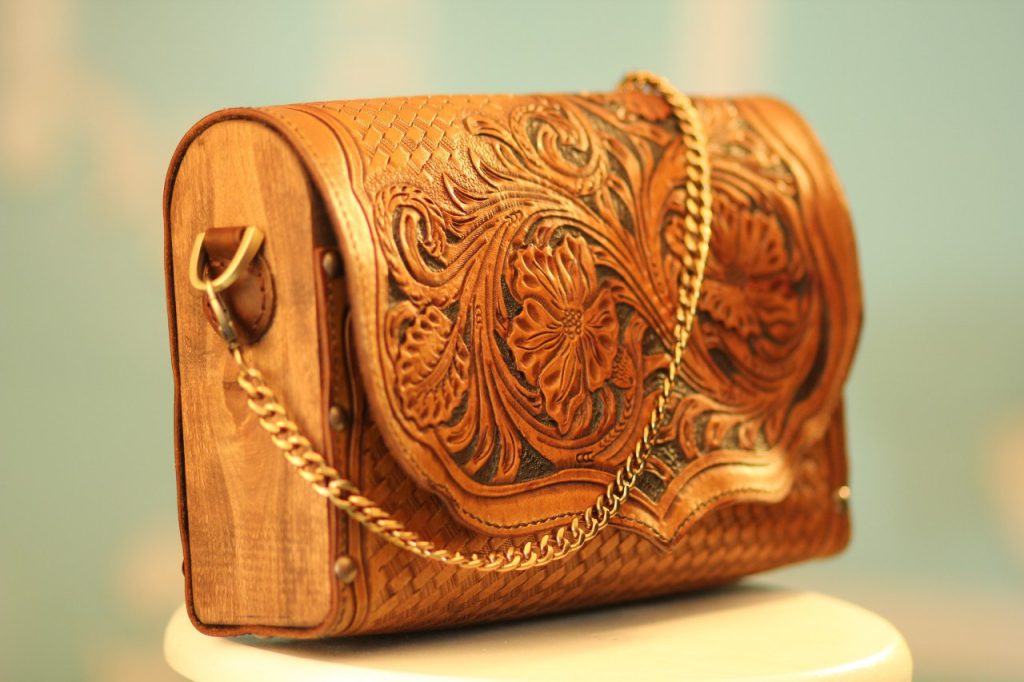
The halal leather market is one of the fastest-growing and most promising segments of the global leather industry. With more than 2 billion Muslim consumers worldwide, it presents vast export opportunities for producers. Demand is not limited to Islamic countries; significant Muslim populations in Europe, North America, and East Asia also drive strong interest in halal-certified products.
Success in halal leather exports requires full compliance with religious and international standards, a clear understanding of target markets, and smart marketing strategies. Iran, with its access to high-quality raw materials, skilled artisans, and strategic geographical location, is well-positioned to become a major supplier in this field.
However, challenges such as intense competition, high certification costs, and logistical barriers must be carefully managed. Leveraging professional export platforms is essential. In this context, MMF Market can serve as a strategic partner, streamlining the export process—from obtaining halal certification to delivering goods in the destination market—and strengthening Iranian brands through its extensive international buyer network.
Recommendations for exporters:
- Conduct thorough research on legal and cultural requirements of the target country before market entry.
- Obtain valid and multi-purpose halal certification recognized across multiple countries.
- Use multilingual digital marketing to effectively promote brands in diverse markets.
- Utilize regional hubs such as Dubai and Istanbul to facilitate logistics and reduce costs.
Halal leather is not merely a product—it is a cultural and economic value that can elevate Iranian brands on the global stage. With the right strategies and collaboration with specialized platforms such as MMF Market, the path to accessing this profitable market becomes shorter, safer, and more rewarding.
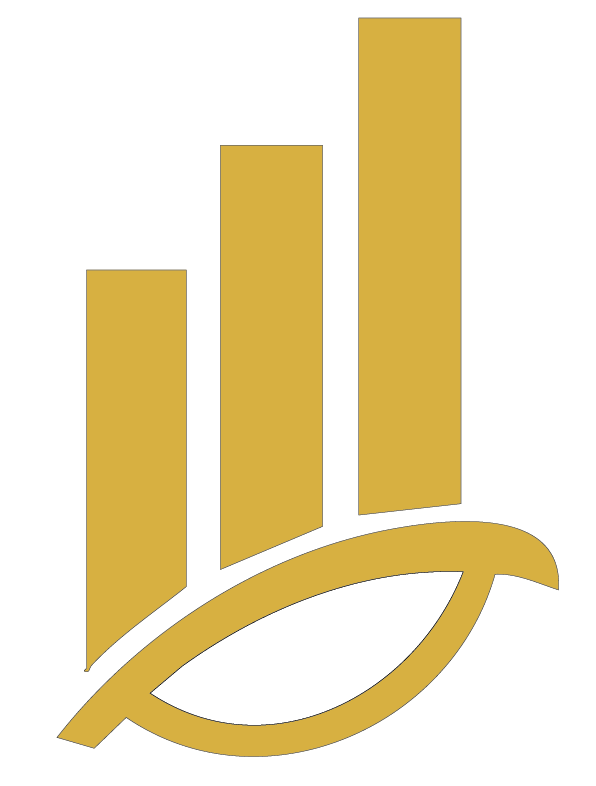
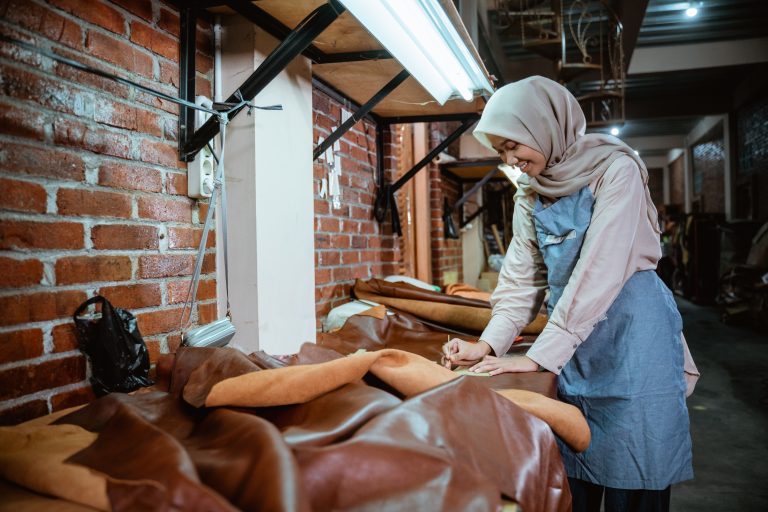
No comments yet.